
Animals have long been on the front lines of scientific discovery. Time and again, they have been given the lead in exploring new frontiers. But those pioneers didn’t volunteer for their missions. Take the thousands of monkeys and mice that were used as test subjects for Jonas Salk’s first polio vaccine
vaccine
 PHOTO_CONCEPTS/CULTURA/GETTY IMAGES
a medicine used to protect against a virus or disease
(noun)
Erika went to the doctor's office to get a vaccine for the flu.
. They were forced to do the job. But that doesn’t diminish
diminish
PHOTO_CONCEPTS/CULTURA/GETTY IMAGES
a medicine used to protect against a virus or disease
(noun)
Erika went to the doctor's office to get a vaccine for the flu.
. They were forced to do the job. But that doesn’t diminish
diminish
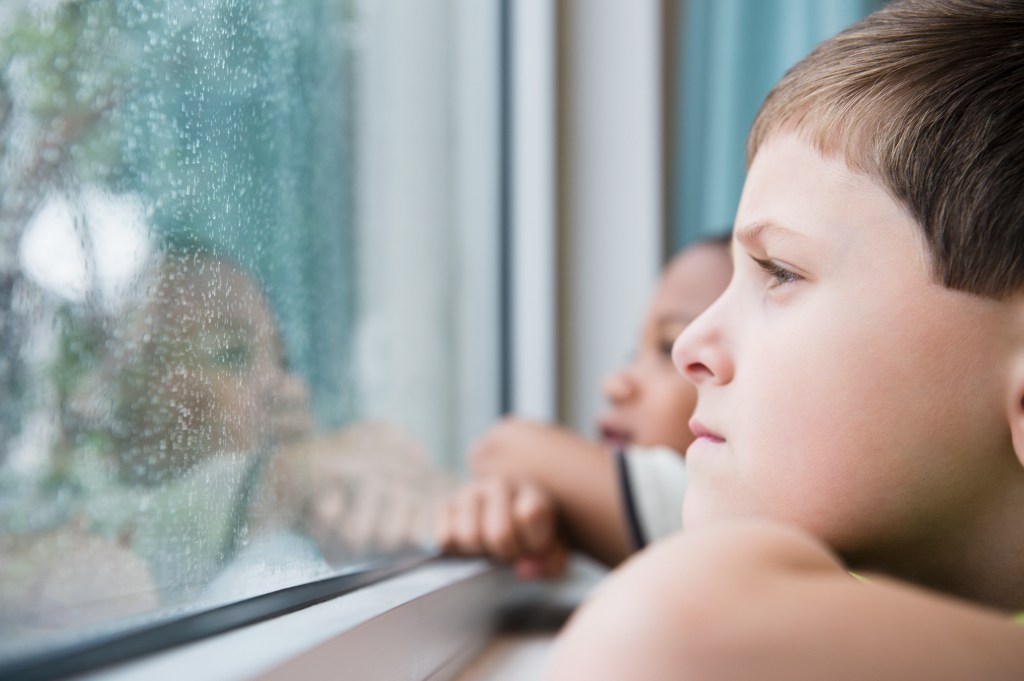 BLEND IMAGES—JGI/JAMIE GRILL—GETTY IMAGES
to cause something to decrease in size or importance
(verb)
As the rain began to diminish, we decided to go to the park to play.
their important contribution to scientific knowledge. In fact, it enlarges it.
BLEND IMAGES—JGI/JAMIE GRILL—GETTY IMAGES
to cause something to decrease in size or importance
(verb)
As the rain began to diminish, we decided to go to the park to play.
their important contribution to scientific knowledge. In fact, it enlarges it.
The same is true of the first animals that were sent to space. Sixty years ago, humans had visions of traveling above the atmosphere and out toward the moon and planets. But could anyone, or anything, survive such a journey?
On November 3, 1957, Laika began providing answers. She was an 11-pound, part-terrier mongrel, picked up on the streets of Moscow. The Soviet Union (now called Russia) launched her into orbit aboard Sputnik 2.

SPACE DOG Laika, a stray, is chosen for space travel because of her aggressive nature and determined spirit.
SOVFOTO/UIG/GETTY IMAGESSpace Dog
Less than a month earlier, the Soviets had shocked the world with the launch of Sputnik 1, the first human-made satellite to orbit Earth. People in the United States reacted with outrage
outrage
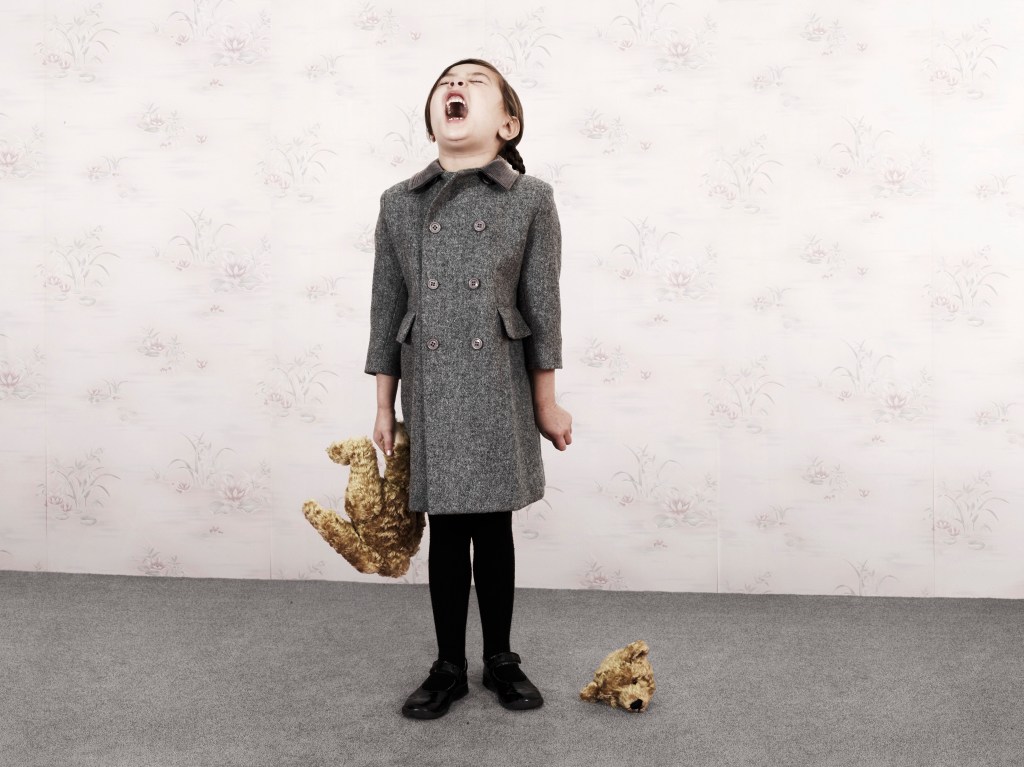 MARCELO SANTOS/GETTY IMAGES
a feeling of extreme anger about an insult or injury
(noun)
The girl reacted with outrage when she realized her toy was broken.
and fear. This technological achievement
achievement
MARCELO SANTOS/GETTY IMAGES
a feeling of extreme anger about an insult or injury
(noun)
The girl reacted with outrage when she realized her toy was broken.
and fear. This technological achievement
achievement
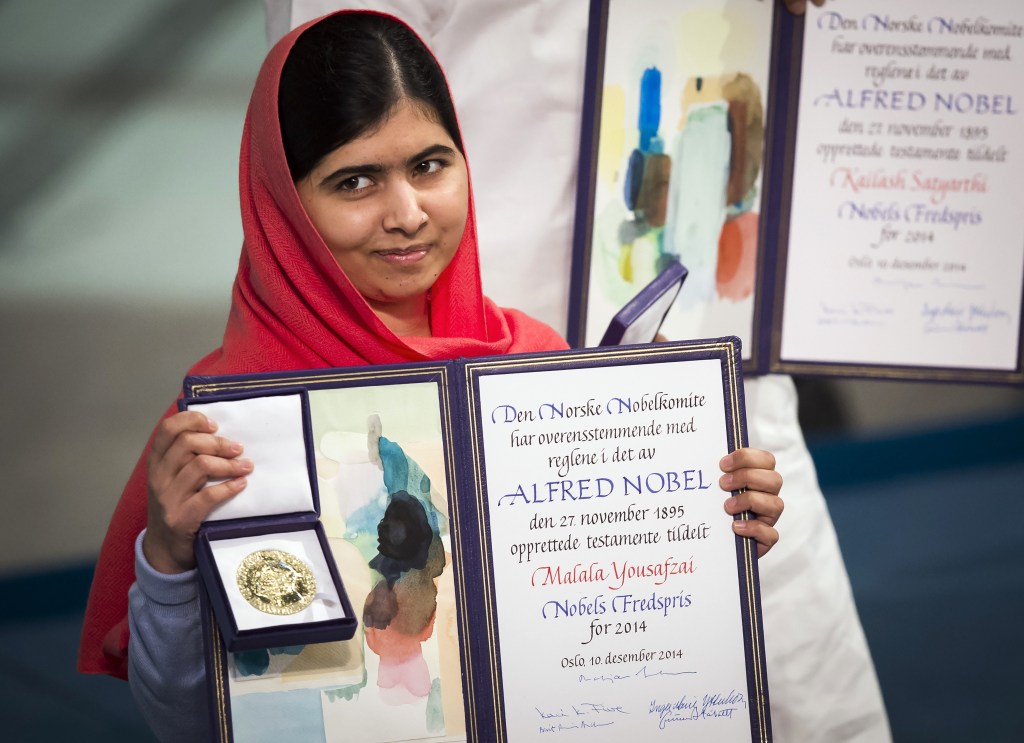 ODD ANDERSEN—AFP/GETTY IMAGES
something that has been accomplished with hard work
(noun)
Winning the Nobel Prize was her greatest achievement.
started the space race between the U.S. and the Soviet Union. But people loved Laika, especially members of the American press. They nicknamed her Muttnik.
ODD ANDERSEN—AFP/GETTY IMAGES
something that has been accomplished with hard work
(noun)
Winning the Nobel Prize was her greatest achievement.
started the space race between the U.S. and the Soviet Union. But people loved Laika, especially members of the American press. They nicknamed her Muttnik.
The world worried about Laika. Many wondered if she would survive her journey. She didn’t. In fact, she was never intended to survive it.
Sputnik 2 had no reentry system. There was enough food and water to last Laika for seven days, no more. As it turned out, she barely survived for six hours. Sometime during her fourth orbit, she died when her cabin overheated. Five months later, after 2,566 more orbits, Sputnik 2 reentered the atmosphere. It was burned to bits by the heat of reentry.
More animals would follow Laika into orbit—and survive. Just three years later, in April of 1961, so would Soviet cosmonaut
cosmonaut
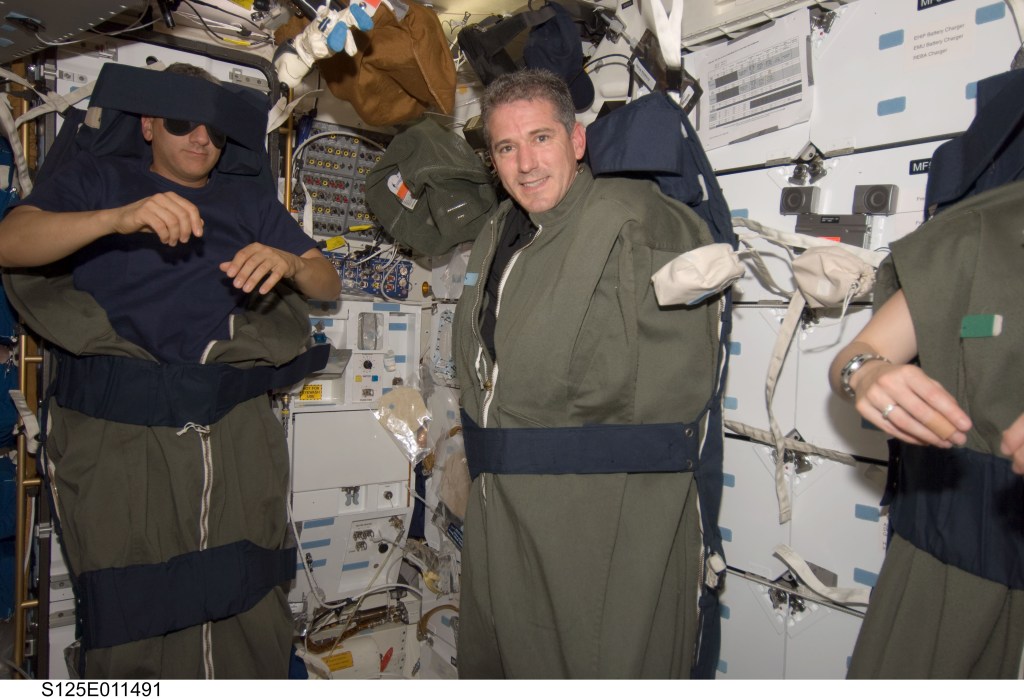 BARCROFT MEDIA/GETTY IMAGES
a Russian astronaut
(noun)
The cosmonaut had to sleep strapped in or he would float around the space station.
Yuri Gagarin. He was the first human being in space.
BARCROFT MEDIA/GETTY IMAGES
a Russian astronaut
(noun)
The cosmonaut had to sleep strapped in or he would float around the space station.
Yuri Gagarin. He was the first human being in space.
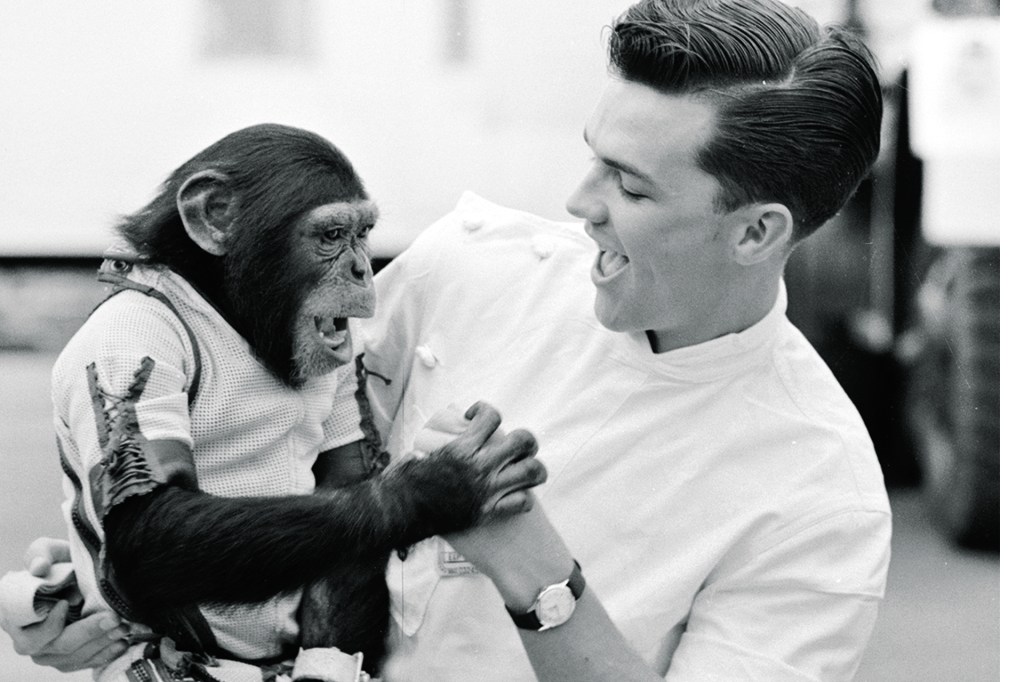
PRIMATE PALS After his Mercury space flight, the chimp named "Ham" plays with a handler, Cape Canaveral, Florida, February 1961.
RALPHY MORSE/THE LIFE PICTURE COLLECTION/GETTY IMAGESHappy Returns
Many critters survived a trip to the cosmos. In August 1960, two dogs named Belka and Strelka spent nearly a day in space, along with 40 mice and two rats. All made it home alive.
In the U.S., the first giant leap for mankind was made by a 4-year-old chimpanzee named Ham.
On January 31, 1961, Ham rocketed into space for a 16-minute suborbital flight. It was a test to see if an animal could survive a journey in the tiny Mercury spacecraft. Ham was trained to pull handles aboard the craft in response to a flashing light. His success with the task during his trip proved it was possible to work under the stress of spaceflight. Ham took the same trip astronauts Alan Shepard and Gus Grissom would later take.
These animals, and many more, helped make it possible for humans to fulfill their dreams of space exploration. They were the first to make the journey away from Earth. We owe these involuntary pioneers our thanks.
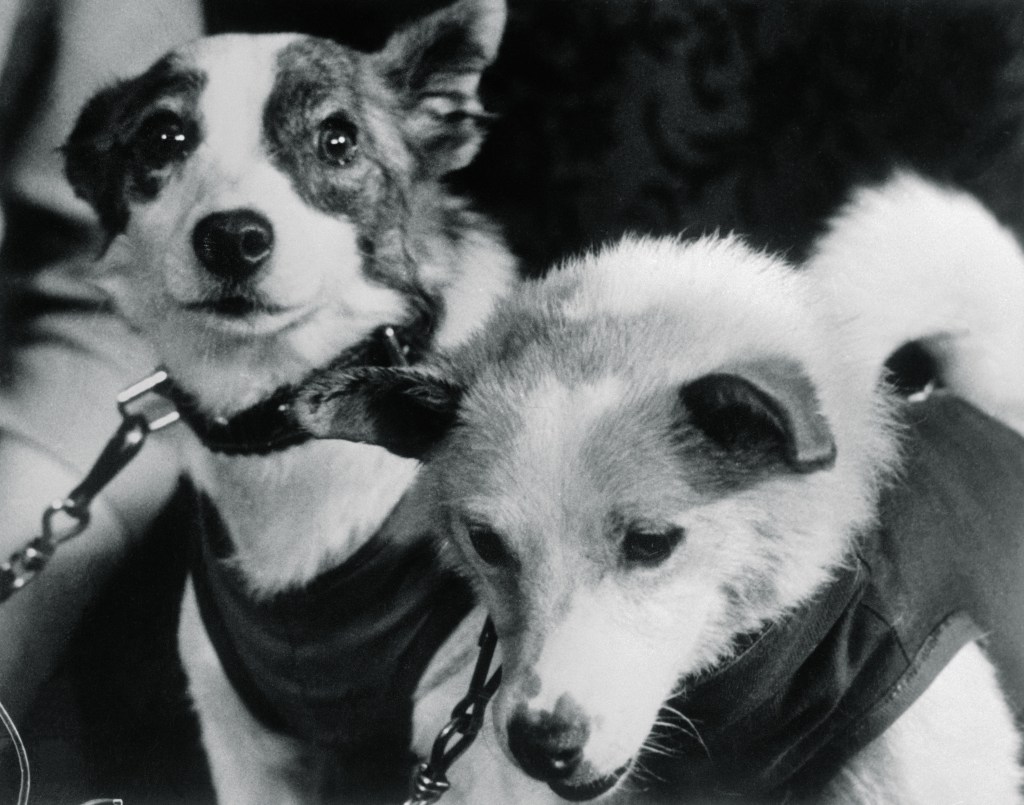
DYNAMIC DUO Canine cosmonauts Belka and Strelka became heroes in the Soviet Union.
BETTMAN ARCHIVE/GETTY IMAGESSafe Landing
Upon returning from space, many animal astronauts went on to live happy and healthy lives.
Strelka became a grandmother. One of her puppies, named Pushinka, was given as a gift to U.S. president John F. Kennedy. Pushinka eventually gave birth to a litter of her own. President Kennedy called Strelka’s grandchildren “pupniks.”
Chimpanzee Ham went back to business as usual. After returning safely to Earth, he shook hands and played happily with lab workers. Ham would live a long life, firmly planted on Earth. He died on January 19, 1983, at the age of 26.











